Here is one other example in a more practical way.
Suppose you have developed a very basic (for simplicity for this post) reusable <TextInput/> Component & want to reuse it over the whole application.
The definition is like this.
function TextInput({htmlId, name, type="text", ...props}){
return(
<div>
<input
id={htmlId}
name={name}
type={type}
{...props}
/>
</div>
)
}
And here you are implementing the above component like this.
class ExampleOptional extends React.Component{
render(){
return(
<TextInput
htmlId="name"
name="firstName"
text="text"
/** Props(place="XYZ & state="ABC") below are defined and destructured in TextInput
Definition because there is {...props} defined in TextInput
definition, if there is no {...props} in definition, no other than id, name & type
props will be handled */
place="XYZ"
state="ABC"
/>
)
}
}
So if you give anything apart from "htmlId, name & text" to TextInput as a prop, it will be get handled by {...props} which you defined in the TextInput component definition.
Otherwise, it won't be there in the DOM of TextInput. (As you can see from the below picture, place & state props that were not defined in the original TextInput component definition gets handled automatically)

NOTE: Whether you have props destructured( {...props} ) or not, you will be able to find all your props passed in Chrome's Developer tools React's Component tab, but it does not have any impact on DOM or concerned element.
